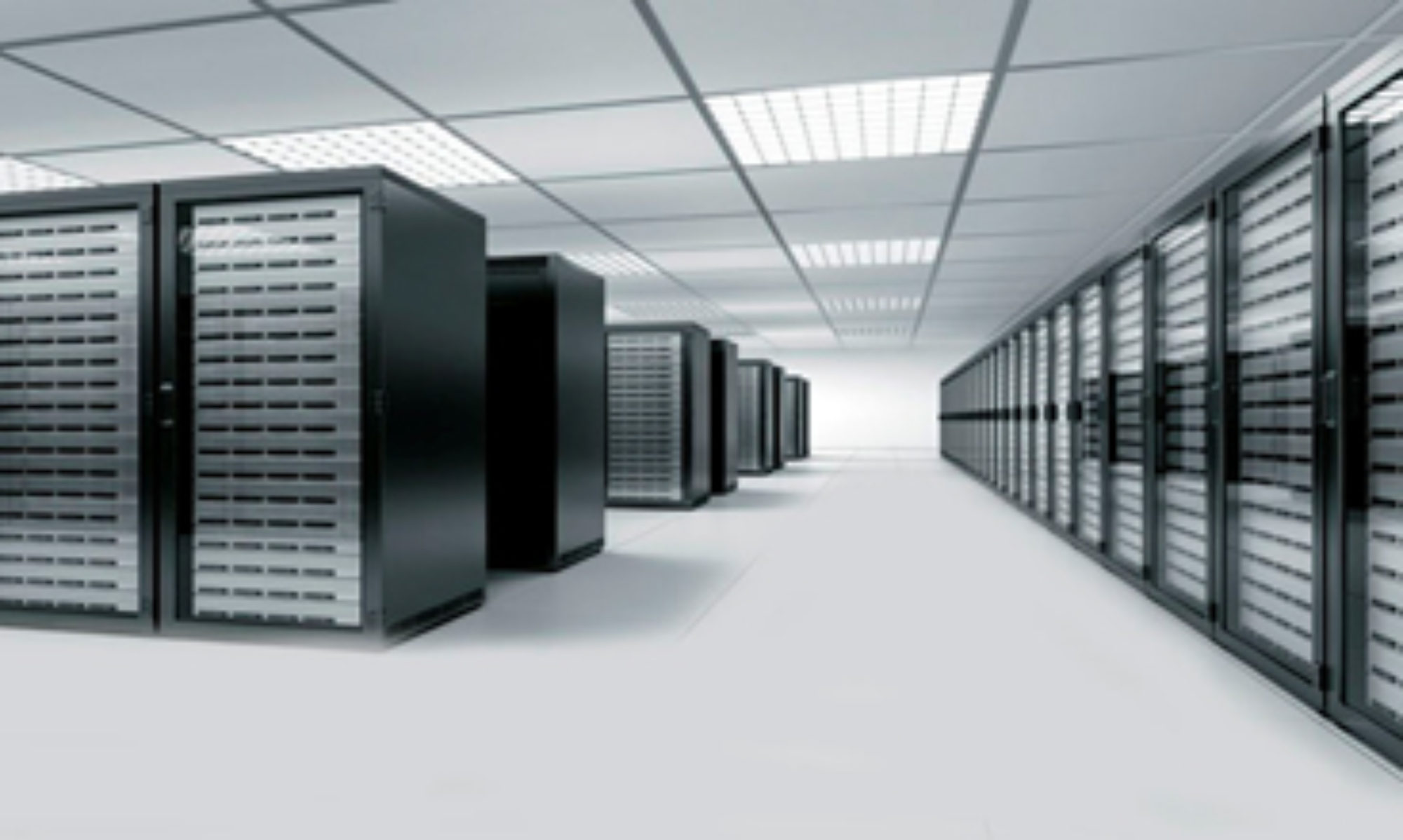For those not familiar with Quest, they are a software company not to be confused with the telephone communications company formerly known as Qwest (aka now known as centurylink).
Both Dell and Quest have been on software related acquisition initiatives that past few years with Quest having purchased vKernel, Vizoncore (vRanger virtualization backup), BakBone (who had acquire Alavarii and Asempra) for traditional backup and data protection among others. Not to be out done, as well as purchasing Quest, Dell has also more recently bought Appassure (Disclosure: StorageIOblog site sponsor) for data protection, Sonicwall and Wyse in addition to some other recent purchases (ASAP, Boomi, Compellent, Exanet, EqualLogic, Force10, InsightOne, KACE, Ocarina, Perot, RNA and Scalent among others).
What does this mean?
Dell is expanding the scope of their business with more products (hardware, software), solution bundles, services and channel partnering opportunities Some of the software tools and focus areas that Quest brings to the Dell table or portfolio include:
Database management (Oracle, SQLserver)
Data protection (virtual and physical backup, replication, bc, dr)
Performance monitoring (DCIM and IRM) of applications and infrastructure
User workspace management (application delivery)
Windows server management (migrate and manage, AD, exchange, sharepoint)
Identify and access management (security, compliance, privacy)
What does Dell get by spending over $2B USD on quest?
Is this a good move for Dell?
Yes for the above reasons
Is there a warning to this for Dell?
Yes, they need to execute, keep the Quest team focused along with their other teams on the respective partners, products and market opportunities while expanding into new areas. Dell needs to also leverage Quest to further its cause in creating trust, confidence and strategic relationships with channel partners to reach new markets in different geographies. In addition, Dell needs to articulate its strategy and positioning of the various solutions to avoid products being perceived as competing vs. complimenting each other.
Additional Dell related links:
Dell Storage Customer Advisory Panel (CAP)
Dell Storage Forum 2011 revisited
Dude, is Dell doing a disk deal again with Compellent?
Data footprint reduction (Part 2): Dell, IBM, Ocarina and Storwize
Post Holiday IT Shopping Bargains, Dell Buying Exanet?
Dell Will Buy Someone, However Not Brocade (At least for now)
Ok, nuff said for now
Cheers Gs
Greg Schulz – Author Cloud and Virtual Data Storage Networking (CRC Press, 2011), The Green and Virtual Data Center (CRC Press, 2009), and Resilient Storage Networks (Elsevier, 2004)
twitter @storageio
All Comments, (C) and (TM) belong to their owners/posters, Other content (C) Copyright 2006-2012 StorageIO and UnlimitedIO All Rights Reserved






















